On December 30, 2023, a helicopter and a drone collided in mid-air, half a mile southwest of the Daytona Beach International Airport (KDAB) in Florida. There were no injuries, the drone was destroyed and one of the main rotor blades of the helicopter suffered minor damage. The investigation that followed proved that the accident was caused by errors of both pilots; the drone was flying 30 feet higher than the 150 feet authorized Certificate of Authorization or Waiver (COA) issued by the Federal Aviation Administration (FAA) and the helicopter was violating a NOTAM (Notice to Airmen) that imposed a 200 ft minimum altitude over the area.
But the issue that we are addressing today is not two legal aircraft, flown by two pilots certified by the FAA having a fortuitous encounter due to pilot error. The real danger to traditional aviation today is the irresponsible owner of a small multicopter, that without knowing the rules or being certified by the FAA flies in the vicinity of sensitive installations, mostly airports, nuclear plants and military installations.
The growing presence of unauthorized small drones near U.S. airports poses a serious threat to aviation safety and the business of commercial airlines and general aviation aircraft. These drones, often operated by recreational users without proper awareness of airspace regulations, have been involved in numerous near-miss incidents with passenger aircraft. Such encounters are particularly dangerous during takeoff and landing, when the margin for error is minimal. Let us keep in mind that an aircraft is most vulnerable when low and slow, and that happens at the beginning and end of every flight.
When we say slow, in reality we mean “slow, for an airplane” because the landing speed of the typical commercial jet airliner is 130 to 160 knots (150 to 185 miles an hour). At that speed, a small drone weighing 250 grams or half a pound hitting a windshield might not be enough to penetrate the glass, but perhaps shattering it or startling the pilots (or reducing their visibility entirely) in the final phases of a flight might be enough to cause an accident.
A collision between a drone and an aircraft in the National Airspace System (NAS) could cause catastrophic damage, endangering lives and leading to massive operational disruptions. This risk is amplified by the increasing frequency of drone-related incidents, highlighting the urgent need for stricter enforcement of regulations and improved drone detection systems.
From a business perspective, these dangers have significant implications for the commercial aviation industry. The mere presence of unauthorized drones can force airports to halt operations temporarily, leading to delays, cancellations, and financial losses for airlines. Additionally, the threat of drone-related incidents could undermine passenger confidence in air travel safety, potentially affecting demand. Airlines and airports may also face increased costs as they invest in advanced technologies to monitor and mitigate drone activity. In the long term, addressing this issue is crucial not only for ensuring the safety of air travel but also for protecting the economic stability and reputation of the aviation sector.
The mandatory implementation of the controversial Remote ID ruling by the FAA is a good attempt at reducing the number of incidents based on the belief that if the drone and its owner can be easily identified by just pointing a smartphone at the intruder, fewer people would venture into these prohibited areas. But we believe the problem is worse than that. The lack of situational awareness of most non-certified pilots is staggering and is not a surprise to anyone that when caught, they have no idea they are flying near an airport, or at least that is what they say.
With the current turmoil at the FAA, the added hesitation of the federal agency to publish the Notice of Proposed Rulemaking (NPRM) for Part 108, which will allow remotely piloted flights beyond the visual line of sight of the operator (BVLOS), the last thing the industry needs right now is an accident caused by a drone. This will probably erase all the advances, technological and otherwise, that we have made over the past decade in trying to integrate crewed and uncrewed aviation over the NAS.

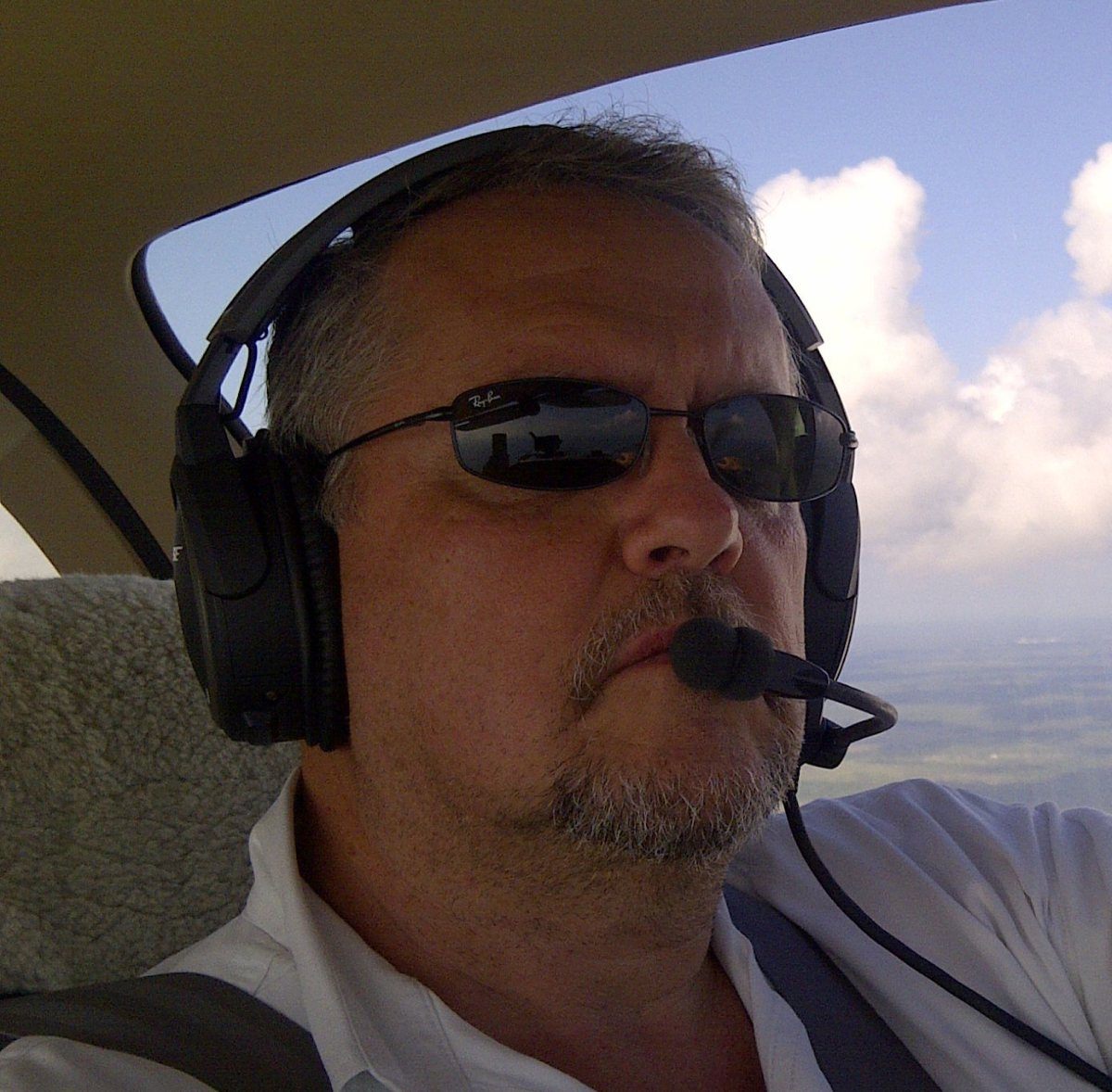
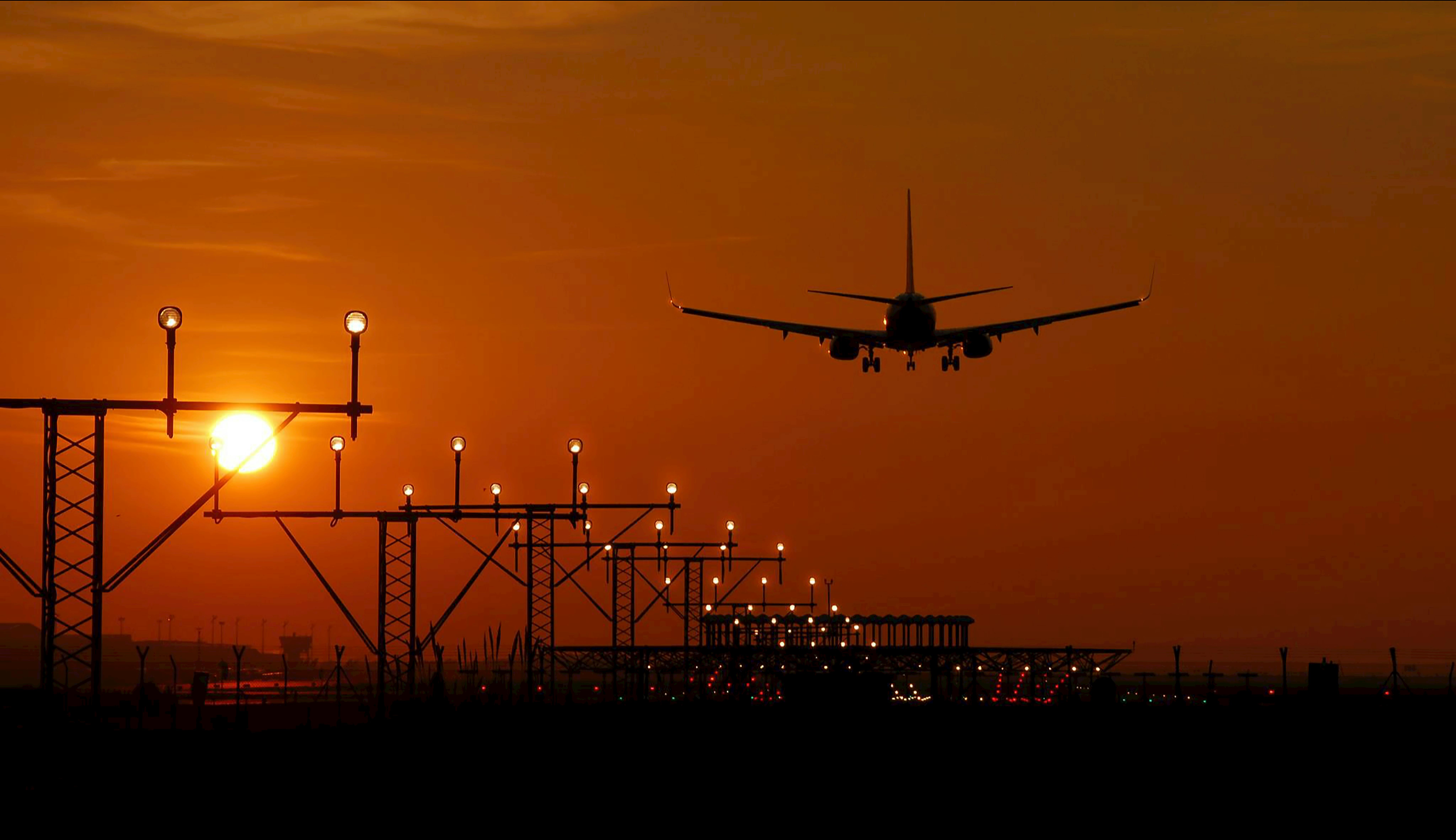


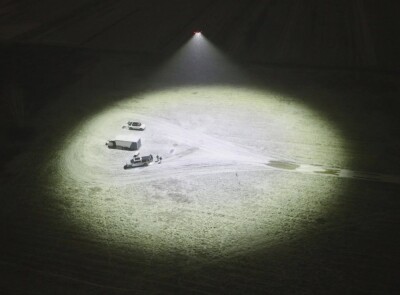






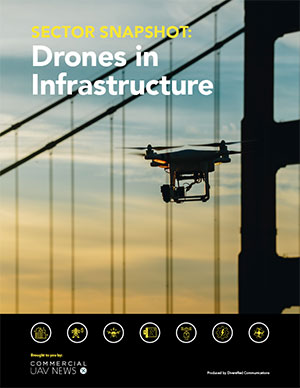
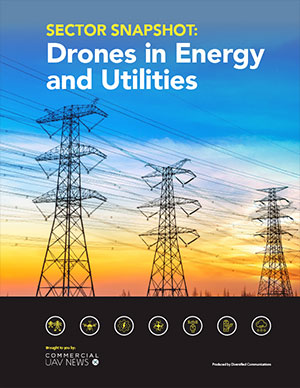
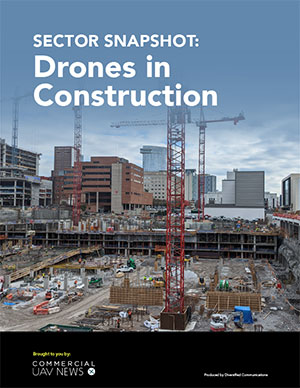
Comments